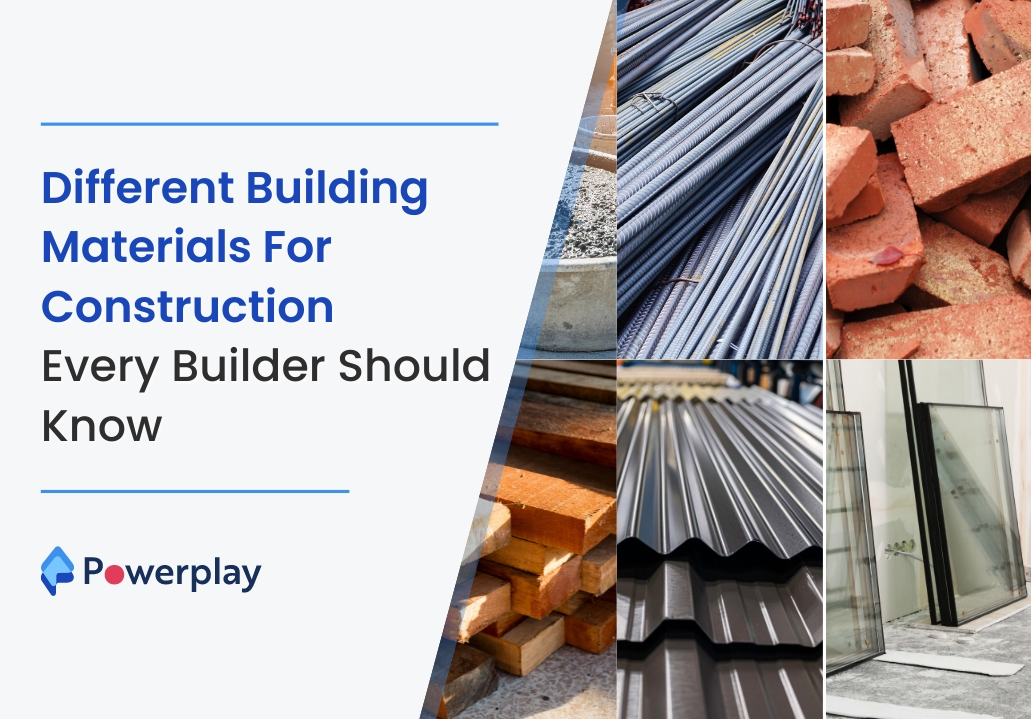What is No-Fines Concrete? Advantages and Mix Proportion
-
Kumar Abhishek Anand
- October 11, 2023

Table of Contents
ToggleWhat is No-Fines Concrete?
No fines concrete is a very lightweight type of concrete that does not contain fine aggregate (or sand) in the concrete mixture. This type of concrete is formed using ordinary Portland cement, water, and coarse aggregate.

In most cases, coarse, evenly sized aggregate is used to create no fine concrete between small bracket sizes. No fines concrete is becoming more popular every day due to its many advantages over traditional concrete. This type of concrete is lightweight due to the addition of large voids, and the overall appearance of No fine concrete is also aesthetically pleasing.
Mix Proportion of No-fines Concrete
No fines concrete is mainly made of coarse aggregate that passes through a 20mm sieve and is retained in a 10mm sieve. The density of No fines concrete is as low as 300 kg / m3 for light aggregates and typically 1600 to 1900 kg / m3 for regular aggregates. Its compressive strength can be greater than or equal to 4Mpa and less than 14 Mpa.

The aggregate-to-cement ratio of this type of concrete generally varies from 6: 1 to 10: 1, and the water-cement ratio is used in the range of 0.38 to 0.52. The water-cement ratio must be carefully selected to accommodate the cohesiveness of the concrete mixture. Unlike traditional concrete, which derives its strength primarily from the water-cement ratio, the strength of no-fines concrete is controlled by the aggregate ratio and weight of the concrete as well as the water-cement ratio.
If the ratio of water to cement is too small, the concrete mixture will be very dry and the aggregate will not bond properly to the concrete paste and the adhesion between the particles may be reduced. If the assumed water-cement ratio is too high, the concrete binding paste will move to the bottom of the concrete, especially when vibrating, thus filling the space between the aggregates and making the bottom denser than the rest. Even in this case, the paste is very lean and the adhesion between the aggregate and the paste is very poor.
There are no standard procedures for measuring the consistency of no-fines concrete, such as the slump test and compaction factor test. To measure the consistency of no-fines concrete, the water-cement ratio is determined by an experienced engineer through visual inspection and trial and error.
No-fines concrete can be easily compressed with a simple tamping rod, without the need for mechanical compactors or vibration methods. The load on the formwork when casting No-fines concrete is also significantly reduced. This is because the particles do not flow and are present on the surface at specific points. Therefore, the side formwork can be removed early.
No-fine concrete has a very low adhesive strength compared to conventional concrete, so it is not used in combination with reinforcing materials. However, if the No-fines concrete needs reinforcement, the reinforcement should be properly coated with cement paste before being placed in the mixture to improve adhesion and prevent rust.
Advantages of No-fines Concrete
No-fines concrete has many advantageous points and some of the important ones have been given below:
01 – No-fines concrete is one of the lightweight concrete types whose density is about 25%- 30% less than that of traditional concrete due to the absence of fine aggregates.
02 – It has a low dry shrinkage value due to the absence of sand.
03 – The thermal insulation capacity of No-fines concrete is superior to that of conventional concrete due to its large voids. Therefore, it is preferable to use it for the construction of the external wall.
04 – The lack of fine aggregate significantly reduces the surface coated with cement. This makes it more economical as it requires less cement per cubic meter of concrete.
05 – It can be dropped from heights without the fear of getting segregated since the quality does not get altered due to the absence of fine aggregates.
06 – No-fines concrete can be easily compacted using tamping rods.
Limitations of No-fines Concrete
There are a few limitations of using no-fines concrete that are:
01 – The lack of fine aggregate will increase the permeability of no-fines concrete. Therefore, it is not recommended to use reinforcements in no-fines concrete, as the reinforcements are prone to corrosion due to their high permeability.
02 – Ultimately, when using No-fines concrete, additional layers of masonry plaster are applied to make the concrete impermeable, which increases construction costs.
03 – The consistency of no-fines concrete cannot be calculated using normal tests for concrete such as slump test and compaction factor test. Therefore, the workability of No-fine concrete is predicted by visual inspection.
04 – Due to the lack of fine aggregate in No-fines concrete, the cohesion value of this type of concrete in the plastic state is very low. Therefore, it takes more time to remove the formwork.
Share
Kumar is a digital content professional with more than 2 years of experience in Blog writing, copywriting and scripting. His passion lies in the art of creating convincing content that plays a major role in converting leads for SAAS businesses.












